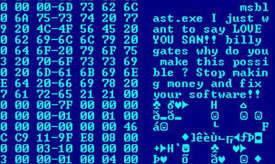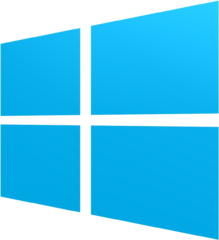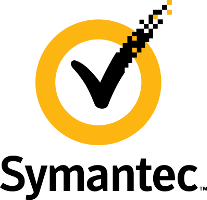Anyone who has read FOSS Force for the last couple of months knows that I lost my voice to cancer and that I’ve become personally involved in getting a decent text to speech (TTS) application developed. Some of you have reminded me that there is a good assortment of text to speech applications for Linux, especially in the mobile market, such as Android and the iExperience. Granted, for both examples, but we are needing an application that can either come preinstalled or be easily installed on almost any Linux distribution. That leads us back to the plentiful choices within the Linuxsphere you feel the need to mention. Yes, there are a lot of them, but when it all gets boiled down, they all share one simple trait.
 None of them even approach usability for the everyday computer user. None. And you would think that of all these choices, one of them has to work…or provides documentation reasonable enough for everyone. You would think.
None of them even approach usability for the everyday computer user. None. And you would think that of all these choices, one of them has to work…or provides documentation reasonable enough for everyone. You would think.





 MS Writes a Check: Well, this was probably inevitable. With a generous donation, Microsoft has become a gold contributor to the OpenBSD project — the first gold contributor — in an effort to get OpenBSD’s help in porting OpenSSH to Windows. This comes from a
MS Writes a Check: Well, this was probably inevitable. With a generous donation, Microsoft has become a gold contributor to the OpenBSD project — the first gold contributor — in an effort to get OpenBSD’s help in porting OpenSSH to Windows. This comes from a 





 And then, there I was, standing in my pajamas at 10:30 p.m., staring at the screen of our first color television set. My mom made us stay up late to watch “the most important event in history,” according to her. Neil Armstrong was about to set the first human footprint on the moon. Although later I thought the real important event was David Scott taking the coolest dune buggy ride ever during Apollo 15. Of lesser impact to most might be the Kent State massacre, Woodstock and the death of John Lennon.
And then, there I was, standing in my pajamas at 10:30 p.m., staring at the screen of our first color television set. My mom made us stay up late to watch “the most important event in history,” according to her. Neil Armstrong was about to set the first human footprint on the moon. Although later I thought the real important event was David Scott taking the coolest dune buggy ride ever during Apollo 15. Of lesser impact to most might be the Kent State massacre, Woodstock and the death of John Lennon. We might as well start with the moral of this story: Don’t protect Windows with Windows.
We might as well start with the moral of this story: Don’t protect Windows with Windows. It inspires awe how quickly Friday comes along — one minute I’m talking stories for publication with my colleagues Ken Starks and Christine Hall, and the next thing I know, deadlines are poking me in the shoulder and saying, “Well…?”
It inspires awe how quickly Friday comes along — one minute I’m talking stories for publication with my colleagues Ken Starks and Christine Hall, and the next thing I know, deadlines are poking me in the shoulder and saying, “Well…?”